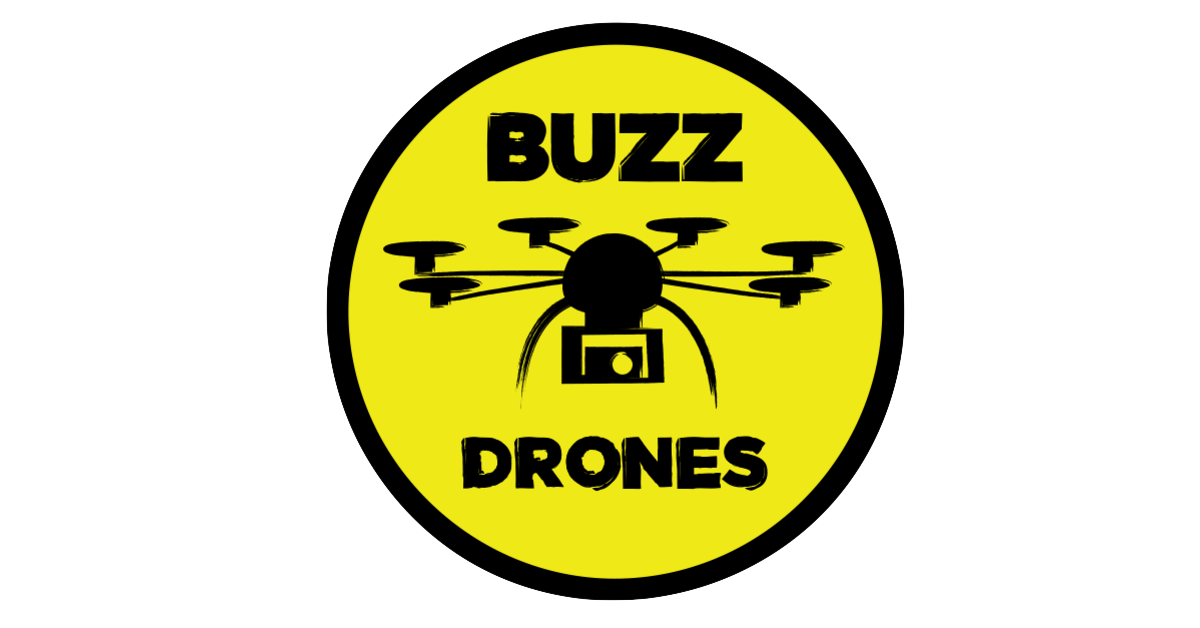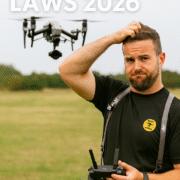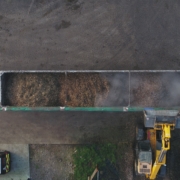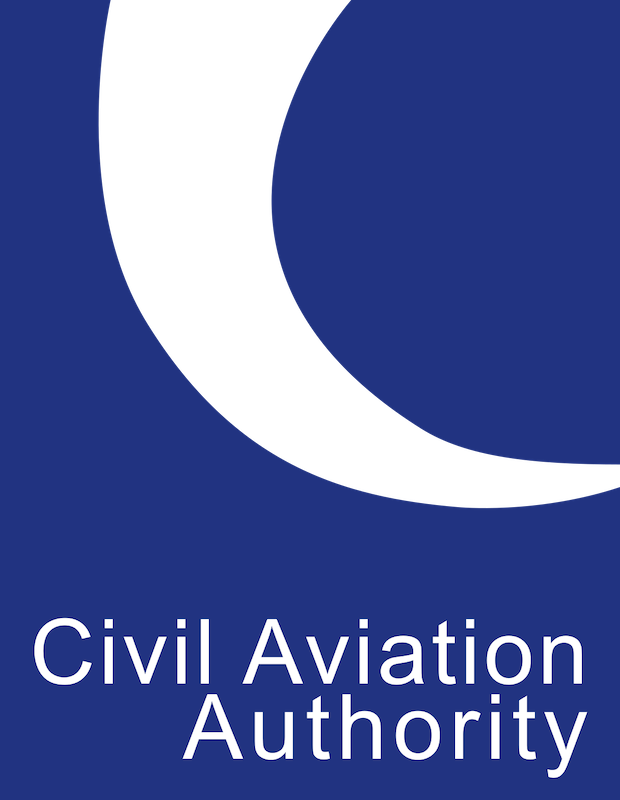UK Drone Laws 2026

Come Jan 26, the CAA will be implementing new laws on drone flying.
Are you ready for the change?
Introduction
At Buzz Drones, we’ve always believed in responsible, safe drone operation. As of 1 January 2026, the UK’s drone regulatory landscape is set to shift significantly — and that’s why we’re here to help.
Whether you fly drones for fun or in a business capacity, you’ll want to understand what the changes are, how they affect you, and how to stay compliant.
In this post, we’ll explain the key upcoming changes, the implications for drone users, and how Buzz Drones can support you with training, audits, and hands-on guidance.
If you’re looking at buying your first drone – we have just the blog for you!
What’s Changing in January 2026?
From 1 January 2026, the UK’s Civil Aviation Authority (CAA) and the Department for Transport will introduce a refreshed regulatory framework for drones and model aircraft.
Key changes include:
Drone Class Marking (UK0 – UK6)
Drones sold in the UK under the Open Category will need a UK class mark (UK0 to UK6), indicating conformity with safety standards.Legacy and EU-class drones will continue under transitional rules until 31 December 2027.
Remote ID / Direct Broadcast Requirements
From 2026, drones in classes UK1, UK2, UK3, UK5 and UK6 must broadcast their ID and position in real time (Remote ID).For drones in class UK0 or legacy/non-class drones with cameras weighing ≥ 100 g, the requirement to broadcast Remote ID comes in later (1 January 2028).
Lower Weight Thresholds for Registration / Flyer ID / Operator ID
Under the new rules, 100g becomes a new threshold. Drones over 100g may require you to hold a Flyer ID, and drones with cameras over 100g may require an Operator ID. The shift away from the “toy drone” exemption model means the prior 250g boundary is being revised.Revised Subcategories: “Over”, “Near”, “Far” People
The familiar A1 / A2 / A3 designations are being renamed to “Over People” (A1), “Near People” (A2), and “Far from People” (A3). With updated distance rules depending on drone class. For example, class-marked UK0 / UK1 drones may fly closer to people under “Over People” rules, with tighter distances allowed.Night Operations & Lighting Requirements
After dark, drones are to display a flashing anti-collision light.Geo-Awareness / Soft Geo-Fencing
Drones in certain classes (UK1, UK2, UK3) must include geo-awareness functionality (soft geofencing) to recognise restricted zones.Transition Periods & Legacy Drones
Many legacy (non class-marked) drones will still be allowed to fly under existing rules through transitional periods.
Importantly, EU class-marked drones will be accepted until end of 2027 while UK class-marking becomes more widespread.
Additionally, the CAA is now appointed as the Market Surveillance Authority (MSA). Giving it powers to enforce product standards, and ensure manufacturers, importers and distributors comply.


What These Changes Mean for Drone Users
Hobbyists / Recreational Users
If your drone weighs less than 100 g, many of the new rules won’t immediately apply — but you may still choose to register or get Flyer ID for safety and flexibility.
If your drone is between 100 g and 250 g (or has a camera), you will likely now need to obtain a Flyer ID and possibly an Operator ID.
If your drone already has an EU class mark (C0, C1, etc.), you may be able to operate under those markings until 2027 under transitional rules.
Check whether your aircraft has the new UK class marking, whether Remote ID is enabled or retrofit possible.
Commercial / Business Operators
Your fleet may need to migrate to class-marked drones (UK classes) to maintain privileges (e.g. closer to people) in the Open category.
Ensure Remote ID broadcasting capability is in place or retrofit modules before the deadline.
Examine your Standard Operating Procedures (SOPs), operations manuals, insurance and reporting procedures in light of the new compliance and technical requirements.
If you use Specific or Certified operations (e.g. BVLOS, complex missions), you’ll want to integrate these new rules into your risk assessments. You’ll need to get comfortable with UK SORA or PDRA routes with the updated regulatory framework.
Model Aircraft & Clubs
Model aircraft in UK4 class may stay exempt from some class-marking requirements for now, but other rules (IDs, lighting, geo-awareness for cameras) may still apply.
Clubs should plan to support members in transitioning to the new rules and may wish to organise group familiarisation sessions.
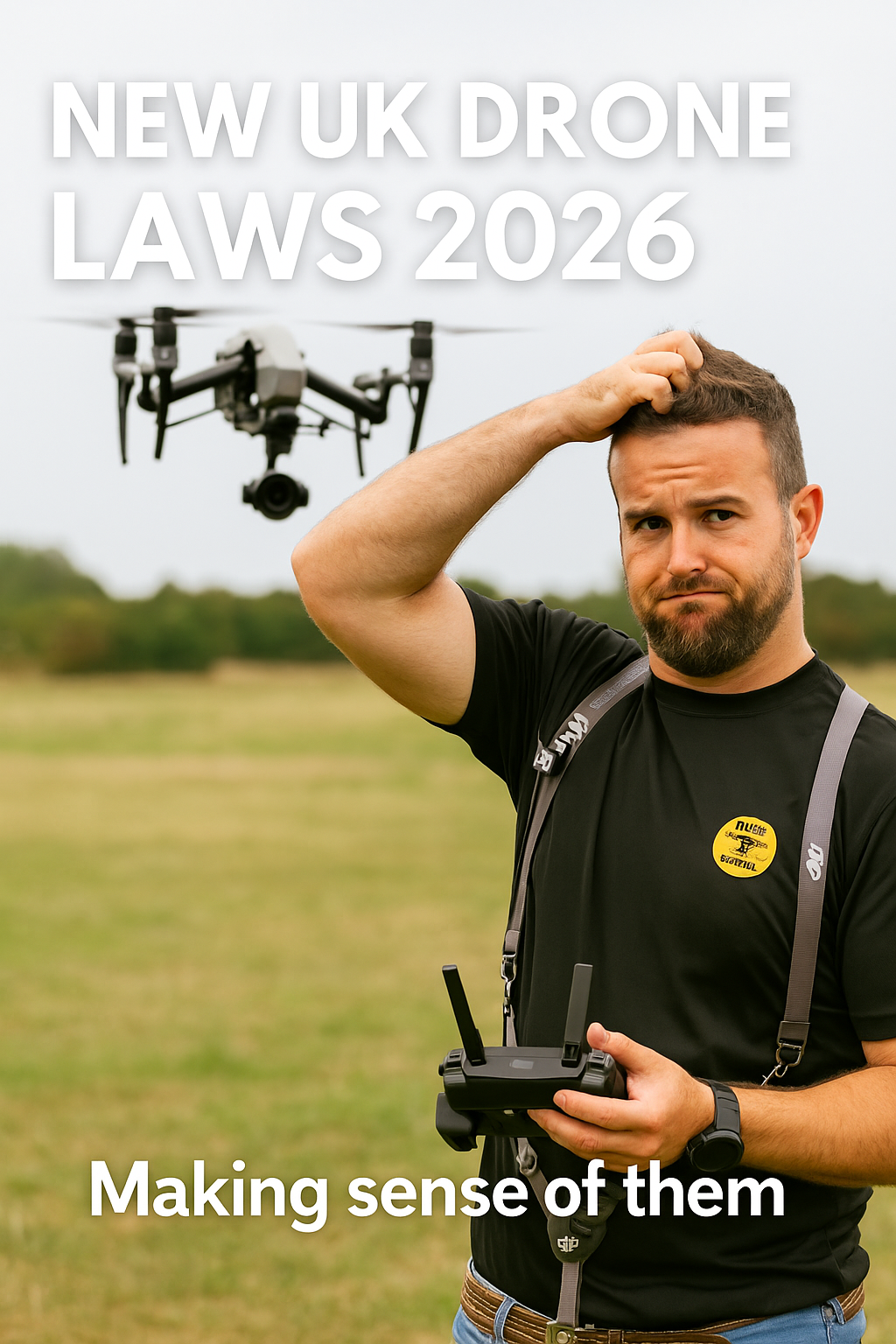
UK Drone Class Table
| Class | Weight Limit | Key Features | Examples |
|---|---|---|---|
| UK0 | < 250 g | – No Remote ID required (until 2028) – Can fly Over People (A1) – No Operator ID if no camera | Mini drones like DJI Mini 2 SE, Mini 3 |
| UK1 | < 900 g | – Remote ID required – Geo-awareness – Can fly Over People (A1) – Anti-collision light for night ops | DJI Mini 4 Pro, Autel Nano+ |
| UK2 | < 4 kg | – Remote ID – Geo-awareness – Near People (A2) – Requires Flyer ID + Operator ID | DJI Air 3, Mavic 3 series |
| UK3 | < 25 kg | – Remote ID – Geo-awareness – Far from People (A3) – Stronger separation distances | DJI Inspire 3, Freefly Astro |
| UK4 | Model aircraft | – Designed for model flying clubs – Specific rules for traditional model aircraft | Fixed-wing or helicopters used in clubs |
| UK5 | < 25 kg (certified) | – Remote ID – Near People with operational approval – Higher risk commercial ops | Larger professional rigs |
| UK6 | > 25 kg (certified) | – Remote ID – Certified operations – Similar to manned aviation rules | Heavy lift drones, cargo UAVs |
Quick Notes for Operators
📡 Remote ID: Compulsory for UK1, UK2, UK3, UK5, UK6 from Jan 2026.
💡 Night Flying: Flashing anti-collision light required.
🪪 Registration: New threshold of 100 g for Flyer ID / Operator ID if camera-equipped.
📍 Geo-Awareness: Drones must alert pilots to restricted zones.
Still unsure? Feel free to contact us and we will be more than happy to help!
